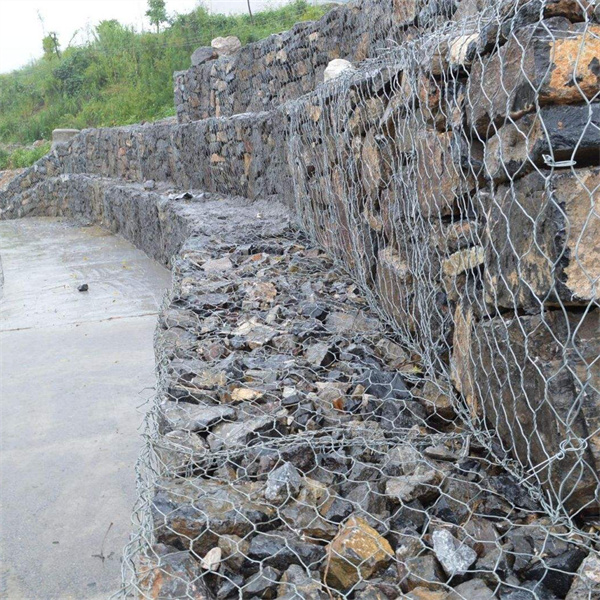Nov . 05, 2024 02:00 Back to list
best gabion retaining wall
The Best Gabion Retaining Wall An Innovative Solution for Landscape and Structural Integrity
In the realm of landscaping and civil engineering, retaining walls serve a crucial role in managing soil erosion, controlling runoff, and providing structural support to sloped terrains. Among the various types of retaining walls available, gabion retaining walls have garnered significant attention for their unique aesthetic appeal, environmental benefits, and structural efficiency.
What is a Gabion Retaining Wall?
A gabion retaining wall consists of wire mesh cages filled with rocks, stones, or concrete. The term gabion originates from the Italian word 'gabbione', meaning big cage. These structures can be utilized in various applications, including decorative features in gardens, structural supports for roads, and flood control systems. The flexibility in design and materials allows gabion walls to blend seamlessly into natural landscapes while serving a functional purpose.
Advantages of Gabion Retaining Walls
1. Environmental Friendliness One of the standout features of gabion walls is their ability to promote ecological health. The voids in the walls allow for water drainage, reducing pressure on the wall structure and minimizing the risk of erosion. Additionally, plants can grow through the gaps in the stones, further integrating the wall into the environment and enhancing its aesthetic appeal.
2. Cost-Effectiveness Gabion walls are often more cost-effective than traditional retaining wall options, particularly when local materials can be sourced for filling. The installation process is relatively straightforward and can sometimes be completed by individuals or small teams, reducing labor costs. Unlike concrete or timber walls, which may require extensive excavation and foundation work, gabion walls can be set up quickly with minimal site preparation.
best gabion retaining wall

3. Versatility and Customizability Gabion retaining walls come in various sizes and shapes, allowing for extensive customization. Homeowners and engineers can choose different stone types, colors, and textures to create a unique look that enhances the landscape’s aesthetic. Additionally, gabion walls can be stacked or arranged in complex formations, adapting to the specific needs of a project.
4. Durability and Low Maintenance Gabion walls are incredibly durable, capable of withstanding harsh environmental conditions. The materials used, particularly when sourced from local regions, are often resistant to weathering. Once installed, gabion walls require minimal maintenance, primarily focused on ensuring the integrity of the wire mesh and replacing any displaced stones.
Installation Considerations
When considering a gabion retaining wall, it is vital to assess the intended application and site conditions. The design should account for soil composition, water flow, and potential earth movement. Proper drainage is essential to the stability of the wall; thus, consulting with a structural engineer is advisable, particularly for larger projects.
The installation process involves creating a stable foundation and positioning the gabions correctly. Interlocking the cages increases stability, and care should be taken to ensure that they are filled to the appropriate level to prevent deformation under pressure.
Conclusion
In conclusion, gabion retaining walls represent a blend of functionality and aesthetic appeal, making them an excellent choice for various applications, from residential landscaping to significant civil projects. Their environmental benefits, cost-effectiveness, and durability make them a sustainable option. As landscape architecture continues to evolve, gabion walls will likely play an increasingly important role in innovative design solutions, helping to protect our environment while enhancing visual appeal. Whether you're planning a home garden, undertaking a large-scale project, or simply looking to reduce soil erosion, gabion retaining walls offer a reliable and attractive option to consider.
-
The Role of Galvanized Gabion Mesh in Riverbank Protection
NewsJun.26,2025
-
The Role of Gabion Basket Raised Bed in Sustainable Gardening
NewsJun.26,2025
-
Quality Assurance of Wire Mesh Gabion Baskets
NewsJun.26,2025
-
Installation Guide for Welded Gabion Box
NewsJun.26,2025
-
How to Choose the Right Gabion Box
NewsJun.26,2025
-
Different Types of Gabion Wire Mesh
NewsJun.26,2025
-
Why PVC Coated Gabion Mattress Is the Best Solution for Long-Term Erosion Control
NewsMay.23,2025






